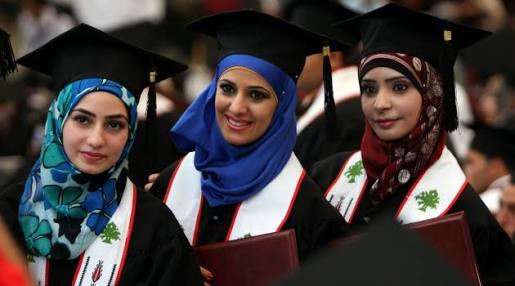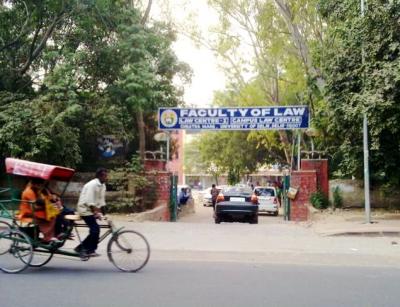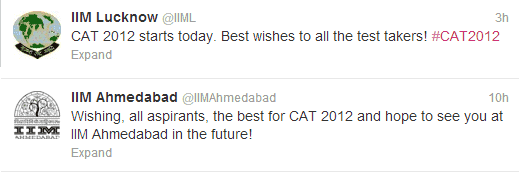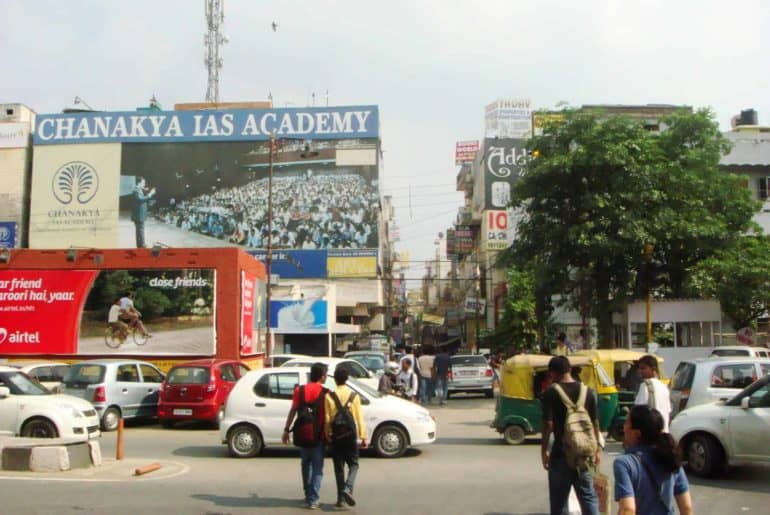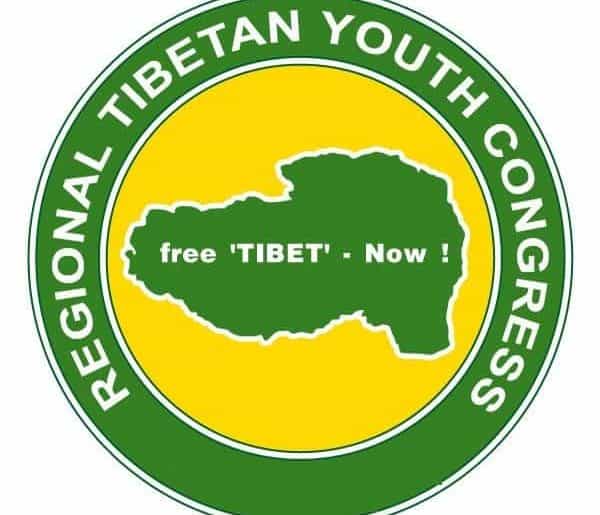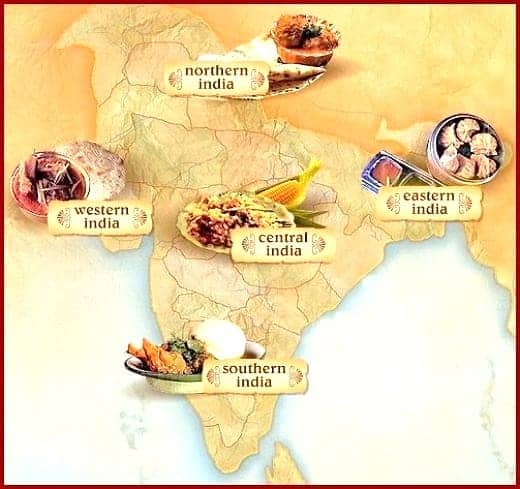Delhi University has been famous for changing the academic systems very often. DU introduced the Four Year Under graduation Programme (FYUP) in 2013 which was subsequently rolled back in 2014, leaving the second year students under a semester system. DU introduced the Choice Based Credit System (CBCS) in 2015.
The system, just a year old has invited both criticism and appreciation from all directions.
The system which was implemented in a hurry has a few loopholes to it. The introduction of CBCS has led to the liquidation of Honours course as papers under Honour courses were cut down to accommodate the Generic and AECC papers. The purpose of introducing CBCS was to provide a plethora of choices for students to choose from and study. However many colleges, don’t follow any such rule. A number of colleges have completely eliminated the ‘choice’ in the choice based credit system and only provide either a limited number of subjects to choose from or don’t provide a choice at all, thus defying the whole purpose of the system.
The papers too have polarised difficulty levels. 47.5% of the respondents who took a poll regarding CBCS admitted to not being fully satisfied with the difficulty levels of their Generic papers- which were either too easy or too difficult. Many colleges haven’t been able to adjudge the faculty requirements, which have led to less qualified faculty teaching the generic subjects and making it more burdensome on the students. 53.8% of the respondents felt that the faculty needed improvement.
There is also a general lack of seriousness and understanding of the system. There were no clear guidelines to help guide the professors and students through the syllabus and the changed curriculum leading to confusion. 49.4% respondents admitted to not taking the Generic paper as seriously as their core papers and spent less time studying for it. “The idea of studying something other than the core subject would be great if only the GE was taught properly. Vague syllabus taught half-heartedly ruins it.” says Kriti Kaur from SGTB Khalsa College
Despite having being criticized, it has its own share of positives. Some of the most significant advantages of CBCS are that it provides a well-rounded by giving students access to a more holistic approach to education with the introduction of Generic and AECC papers. In an increasingly globalized economy, employers are often on the lookout for individuals who have relatively specialized knowledge of more than one field. It also allows students to study subjects of their preference as many students are unable to pursue the course of their choice for a number of reasons, such as unrealistic cutoffs or parental pressure. In this scenario, a GE acts as a saviour for students who can finally study the subject of their preference.
College is perhaps the most crucial time of a student’s life during which he or she finally becomes a well-adjusted adult (or so we hope.) All professional settings require a basic understanding of time management and prioritisation. The addition of the GE and AECC courses therefore propels students into an environment in which they must balance three different fields of study. “I think it offers great opportunities with expansion of a holistic education. It’s a great option for people who wanted to study more than one subject in university, and my experience has been almost entirely positive with it.” says a student from Daulat Ram College
STATISTICAL ANALYSIS
According to the poll, the most relevant concern of the respondents was the inadequacy and non transparency of the evaluation system, with an overwhelming majority of 88.2% claiming that the evaluation system is confusing with regard to SGPA’s and grades and has left them unhappy. “It doesn’t matter how good your internal marks were as compared to other students, you get the same grade in the subject. I think the internal marks were not taken into consideration while evaluating the grades. I would prefer the old percentage system any day as one gets to know how he/she performed in the respective subjects.” said a student from Shaheed Bhagat Singh College.
“My college offers only 2 options for GE. Most students are not able to study the subjects they want to. Though there is nothing wrong with the grading system but I feel we need to understand the system better. Both the teachers and students have no idea what the grades stand for.” says Bhavya Mehta from JMC. A large number of students have rejected the system with 65.9 % respondents wanting the system to be discontinued as opposed to the 34.1% who want CBCS to continue but with rectifications.



While the system was introduced with a lot of promises, students often find themselves at a slippery slope when it comes to evaluating their performance in CBCS. “The idea of integrating courses, college and universities is great but implementation was not at all upto the mark, affecting the students under this system. Thus the system seems to be a floundering one with a bleak future. The evaluation of this system is just another blunder leaving no scope for students to reevaluate their performances.” Says Gerush Bahal from Aryabhatta College.
Feature image credits : indiatoday.intoday.in
Akshara Srivastava
Vineeta Rana


